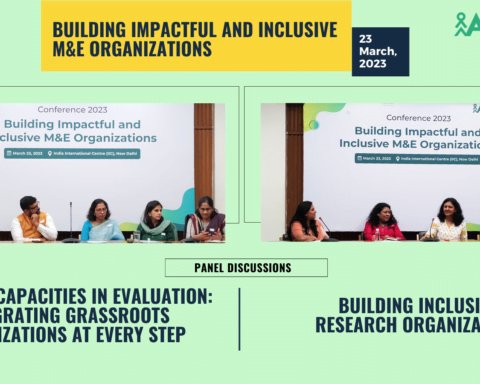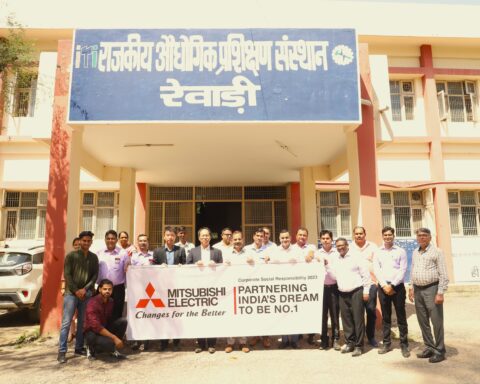Corporate giving is on the decline. In real dollars, corporate donating in the United States declined 14.5 percent last year, and over the last 15 years, corporate giving as a percentage of profits has dropped by 50 percent. The reasons are not difficult to comprehend. Executives are increasingly seeing themselves as being trapped in a no-win situation, caught between critics demanding ever-higher levels of “corporate social responsibility” and investors putting constant pressure on them to maximise short-term profits. Giving more does not appease critics; the more a company donates, the more is expected of it. And executives find it difficult, if not impossible, to justify charity contributions in terms of financial gain.
Many businesses have sought to be more strategic in their donations as a result of this dilemma. However, today’s “strategic philanthropy” is almost never actually strategic, and it’s often ineffective as a charity as well. Philanthropy is increasingly being used as a kind of public relations or advertising, with cause-related marketing and other high-profile sponsorships being used to promote a company’s image or brand. Although still a modest part of overall corporate charity spending, cause-related marketing spending in the United States increased from $ 125 million in 1990 to an estimated $ 828 million in 2002.
In the long run, social and economic goals are not mutually exclusive, but rather inextricably linked. Today’s competitiveness is determined by a company’s ability to use labour, money, and natural resources efficiently to generate high-quality goods and services. Workers who are educated, safe, healthy, well-housed, and driven by a feeling of opportunity are essential for productivity. Environmental preservation benefits not just society but also businesses, because lowering pollution and waste can lead to more efficient resource utilisation and the production of commodities that consumers value. Increasing the social and economic circumstances in emerging countries can result in more productive sites for a company’s operations and new markets for its products.





























